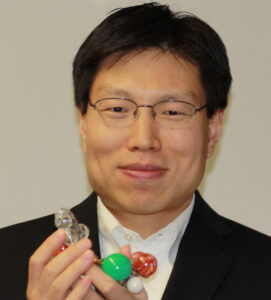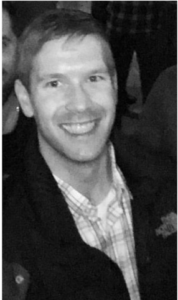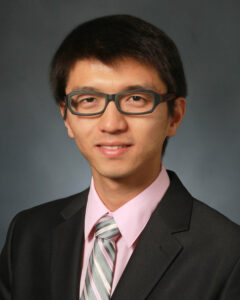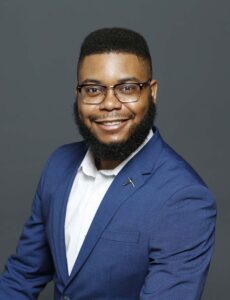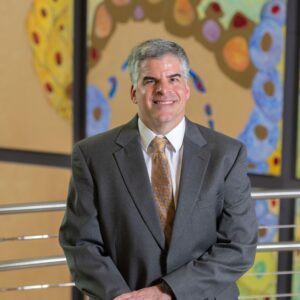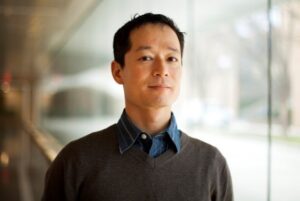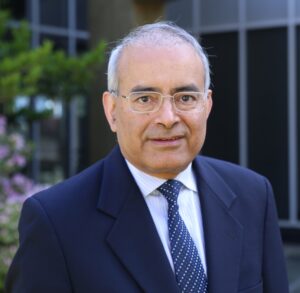 http://s.uconn.edu/meseminar4.15.22
http://s.uconn.edu/meseminar4.15.22
Abstract: Two-phase internal flows in microgaps with passage hydraulic diameters of 100 um – 1,000 um are of interest in three-dimensional heterogeneous electronics, transport electrification, and portable microsystems. To enhance heat transfer coefficients in these configurations, structured surfaces are often employed. Understanding of two-phase flow and thermal transport in such configurations continues to be an active area of research. This talk will present recent computational and experimental results from investigations of two-phase forced convection, capillary assisted transport, and capillary flow driven passive transport in structured microgaps. Experimental results include the use of high speed visualizations to elucidate flow regimes, and temperature measurements for heat transfer characterization. Computations of two-phase flows have been performed using the volume of fluid approach. While many challenges remain, experimentally validated modeling of such two-phase flows presents a promising approach for understanding the thermal transport in these configurations, and employing them in thermal management in emerging applications.
Biographical Sketch: Yogendra Joshi is Professor and John M. McKenney and Warren D. Shiver Distinguished Chair at the G.W. Woodruff School of Mechanical Engineering at the Georgia Institute of Technology. His research interests are in multi-scale thermal management. He is the author or co-author of nearly four hundred and fifty publications in this area, including nearly two hundred journal articles. He received his B. Tech. in Mechanical Engineering from the Indian Institute of Technology (Kanpur) in 1979, M.S. in Mechanical Engineering from the State University of New York at Buffalo in 1981, and Ph.D. in Mechanical Engineering and Applied Mechanics, from the University of Pennsylvania in 1984. He has held visiting faculty appointments at Stanford University, Katholieke Universiteit Leuven, and Xi’an Jiaotong University. He is an elected Fellow of the ASME, the American Association for the Advancement of Science, and IEEE. He was a co-recipient of ASME Curriculum Innovation Award (1999), Inventor Recognition Award from the Semiconductor Research Corporation (2001), the ASME Electronic and Photonic Packaging Division Outstanding Contribution Award in Thermal Management (2006), ASME J. of Electronics Packaging Best Paper of the Year Award (2008), IBM Faculty Award (2008), IEEE SemiTherm Significant Contributor Award (2009), IIT Kanpur Distinguished Alumnus Award (2011), ASME InterPack Achievement Award (2011), ITherm Achievement Award (2012), ASME Heat Transfer Memorial Award (2013), and AIChE Donald Q. Kern Award (2018).
